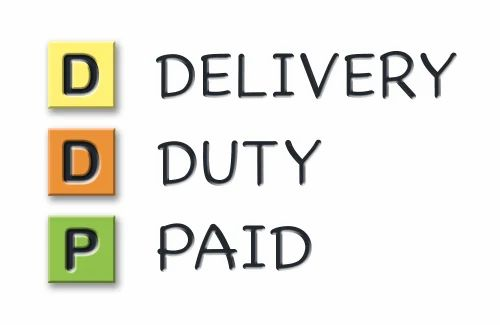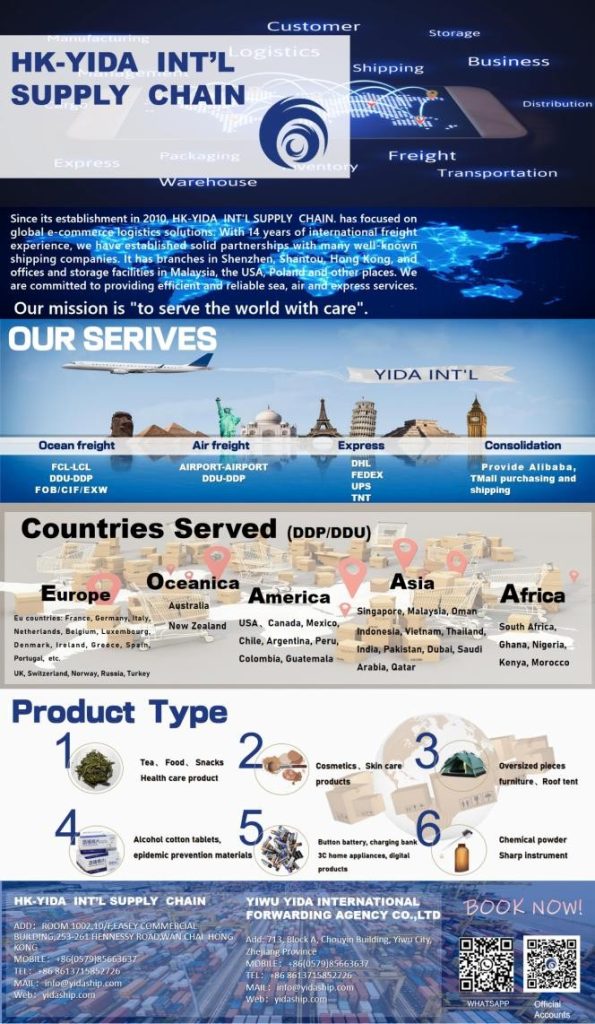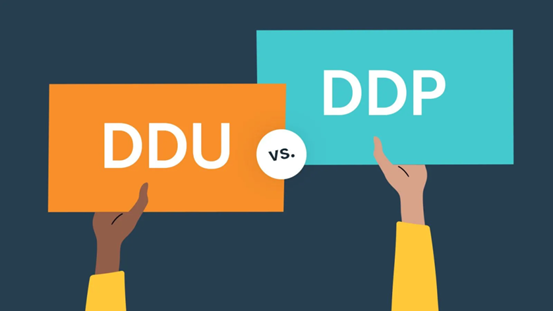Introduction
Tariff prepayment is an important institutional arrangement in international trade, providing importers with greater flexibility and resource allocation efficiency. Although there are challenges such as capital occupation and estimation difficulties, the advantages of convenient customs clearance and reduced risks have led more and more enterprises to choose this method.
The Changing Global Tariff Landscape
In July 2025, global tariff policies will enter a high-frequency adjustment period:
Policy iteration cycles will shorten to the weekly level.
Risk exposure of the traditional cash on delivery model will continue to expand.
Customs clearance environments will deteriorate.
Third-party transit inspection rates will increase by 53%.
Major ports in the United States and Canada will experience delays of more than 72 hours.
In this context, the core value of Delivered Duty Paid (DDP) is accelerating: locking in customs clearance costs through prepayment and building a deterministic defense line for supply chains.

Geopolitical Risks Intensify
On July 23, 2025, the most intense conflict in a decade erupted on the border between Cambodia and Thailand:
Thai F-16 fighter jets crossed the border and bombed Cambodian targets.
Cambodian rocket attacks resulted in 11 civilian deaths in Thailand.
Both sides closed all land ports and expelled diplomats.
This conflict highlights how fragile global trade routes can be in times of geopolitical instability.
Why Tariff Prepayment Matters
Tariff prepayment is an advanced delivery clause in international trade, and its core mechanism includes three layers of protection:
[Pre-declaration] → [Fund Freeze] → [Automatic Release]
Key Advantages over Traditional Models
Time Dimension
Tariff costs solidify before shipment, avoiding policy change risks during transportation.
Automatic customs clearance procedures are triggered upon arrival of goods, bypassing manual review queues.
Operational Dimension
Customs declaration is integrated with intelligent clearance systems.
Average release time drops to 8 hours vs. 40 hours in traditional models.
Financial Dimension
Converts uncontrollable tax expenses into predictable fixed costs.
Core Benefits of Tariff Prepayment
1. Qualitative Change in Clearance Efficiency
Pre-declaration system directly connected to customs intelligent channel.
Reduces release time to 20% of the regular mode.
Avoids supply chain disruptions caused by port congestion.
2. Risk Solidification Ability
Locks the effective tax rate at the time of declaration.
Avoids three major risks:
Sudden tariff changes during transportation (e.g., a 25% increase in Indian tariffs within a week)
Additional transportation surcharges (up to 40% penalties)
Warehouse fines from customs clearance delays
3. Cost Certainty Guarantee
Prepaid tariff cost = (value of goods × fixed tax rate) + prepaid deposit
Compared to the cash-on-delivery model, tariff prepayment saves on:
Policy surcharges (up to 15% of the goods’ value)
Port demurrage costs (0.3% daily cargo loss)
4. Construction of a Credit System
Customs trust channels established (AEO certification enterprise pass rate increased by 300%)
Inspection rates dropped to 1/5 of the industry benchmark
Hidden benefits such as priority release
Conclusion: Certainty vs. Chaos in Global Trade
Tariff prepayment is essentially a trade wisdom that uses certainty to counter chaos. In an era of constantly restructuring tariff walls, this pre-laid customs clearance slide has become the core infrastructure to maintain the operation of the global supply chain.
Its value lies not only in cost control, but also in reshaping trade certainty in a turbulent environment — the scarcest strategic resource in the new tariff ecosystem.
Why DDP Reigns Supreme (and How It Compares)
Under Incoterms®, DDP assigns the seller full responsibility for delivery, duties, and import compliance Investopedia, Texas Consutants Law Blog
In contrast, DDU (or DAP) leaves buyers exposed to hidden charges and delays at the point of import Swap.
Real-world data shows DDP shipments clear customs 83% faster than DDU and incur 92% fewer surprises, delivering full cost predictability Shanghai Garment.
However, DDP comes with responsibilities. Sellers must carefully manage compliance, classification, and documentation—or face liability for unpaid duties or audits Reidel Law Firm, Harris Sliwoski LLP.

Get in Touch: 📨
📞 Call us: +86-579-85652921
📱 WhatsApp: +86 19857947022 / +86 13715852726
💬 Live Chat: Chat icon at bottom right
🔗 LinkedIn – Follow Us
🔗 Visit Contact Page
✉️ Or email:
- Mark (USA BD): mark@yidaship.com
Sunny: yd09-ywyida@foxmail.com

